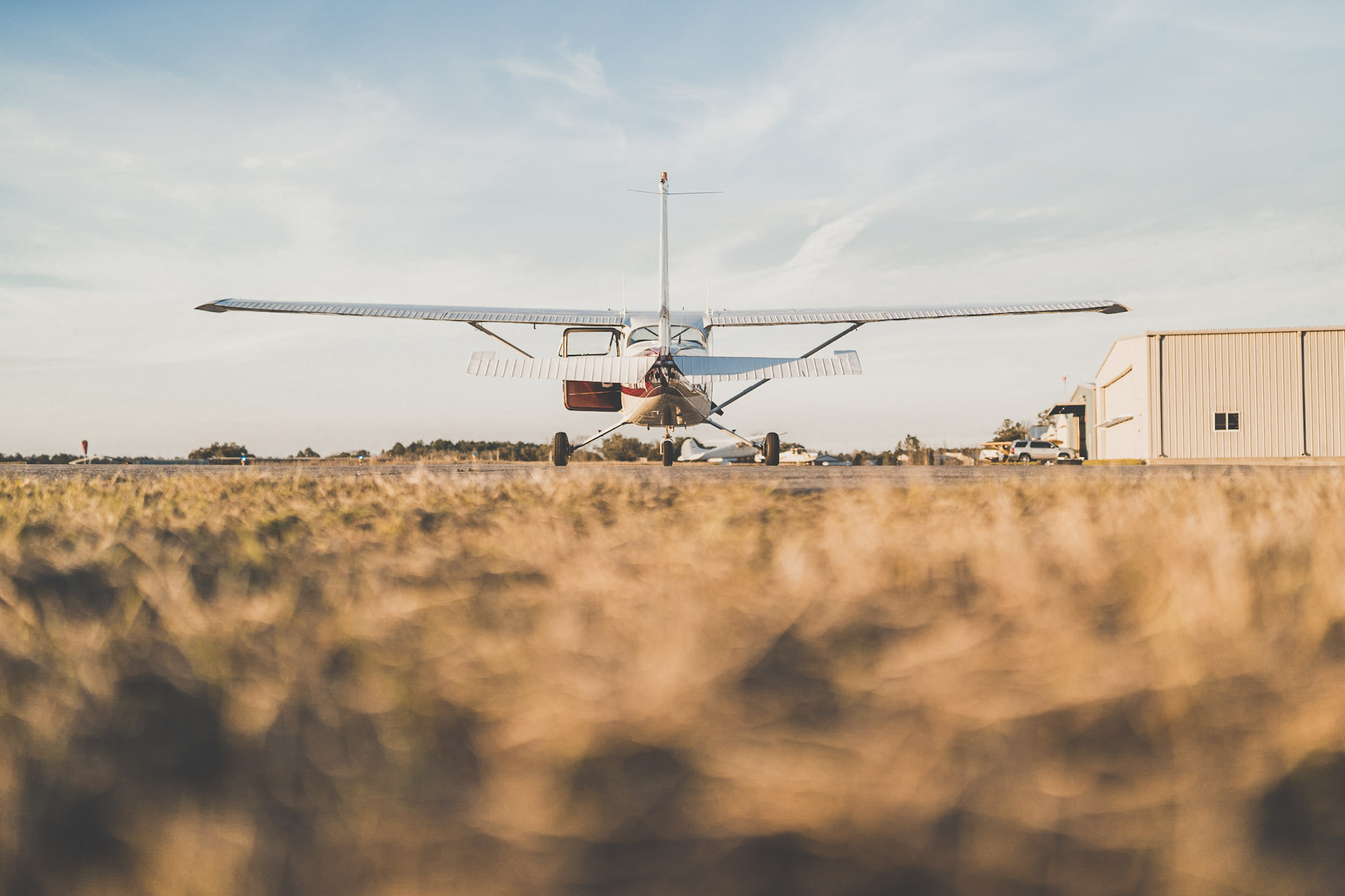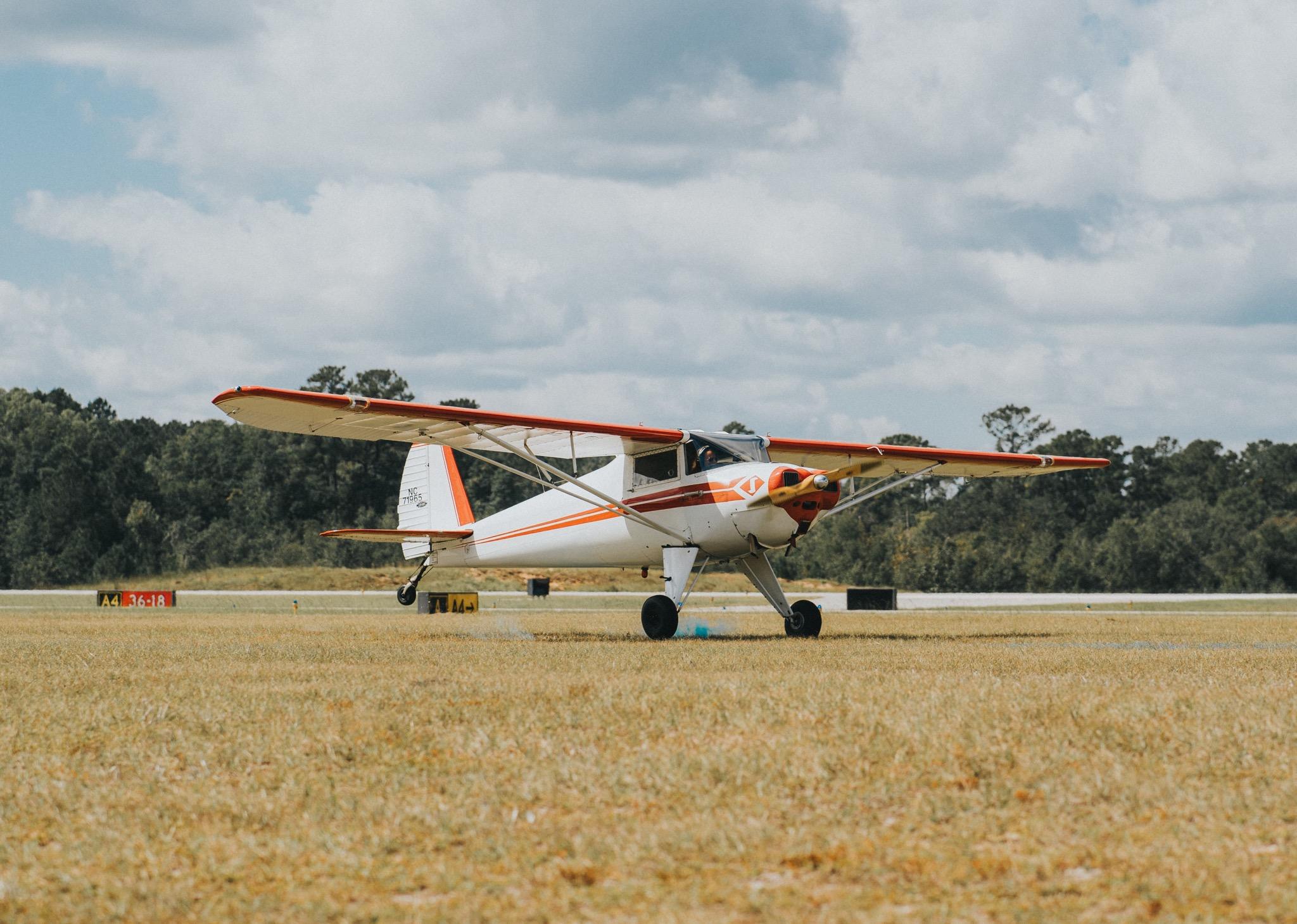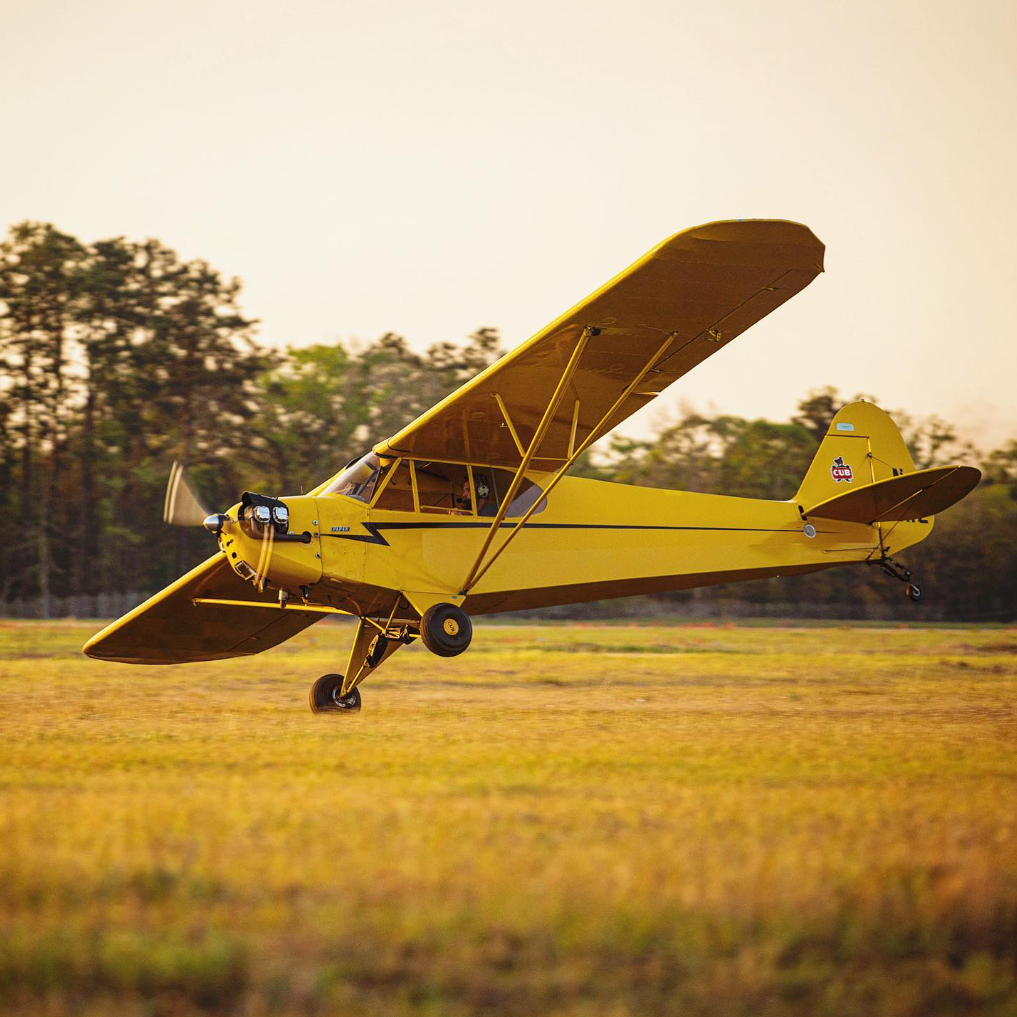I often meet student pilots with the knowledge and experience required to solo, enough confidence to go for it, and even their solo endorsements, scratching their heads because their instructors are not getting out of the plane. You don’t just need your “endorsements” to solo—you need someone you trust telling you: “You are ready. Go solo!”
After interviewing several students, I realized 2 things are holding them back:
Many instructors feel insecure because they lack a plan to mitigate risk. This insecurity is then transferred to the students, conditioning them to feel insecure as well.
Some instructors are not getting out of the plane because they want to build flight time—a very parasitic behavior at the expense of students.
As a flight instructor, I still remember the first student I sent out to solo. The event is as big for the instructor as it is for the student. Making the decision to solo is all about embracing risk mitigation. In sharing this guide, my intent is to help you assess your readiness to solo objectively.
Setting goals for your first solo
Don’t stall
Coordinate all turns
Fly your best approach or go-around
Fly your best approach or go-around
Flying an unstabilized approach and still continuing to land is one of the most common and dangerous mistakes you can make. I have observed a handful of unstabilized approaches ending with significant airplane damage or injury.
Stable is a synonym for established, unchanging, unwavering. In “Stabilized Approaches 101,” we should have learned what a stabilized approach looks like by noting the parameters that define a stabilized approach. The following “stabilized approach checklist” will guide you to note what matters and give you confidence to continue—or discontinue—the approach.
This checklist is divided into phases of flight, but unlike other checklists, you must meet the criteria before you can proceed to the next phase.
During your approach:
| Can you coordinate all turns and control yaw? |
| Can you maintain constant speed in calm wind? |
| Can you maintain a constant pitch attitude? |
| Can you maintain a constant rate of descent in calm air? |
| Can you maintain a constant angle towards your aiming point? |
| Can you glide to your aiming point if the engine fails? |
| Can you complete your base-to-final turn above 300 feet AGL? |
If yes to all, you can proceed to turn final.
On final:
| Can you glide to your aiming point? |
| Established on final approach speed? |
| Established at a constant angle, constant pitch towards your aiming point? |
| Positioned on runway centerline? |
| Established on heading? (either crabbing into the wind or already on runway heading) |
| Steady wings? (no rocking of the wings) |
If yes to all on final, you can proceed to the round-out.
During the round-out:
| Can you capture a pitch for level flight without oscillations? |
| Do you have enough energy to continue to fly over the runway? |
| Are you a few inches over the runway? |
| Can you maintain your height mere inches over the ground as you dissipate airspeed? |
| Is your nose straight? |
| Bank angle for crosswind set? |
| Steady wings? |
If yes to all, you can proceed to flare.
Flaring:
| Do you know your target touchdown pitch attitude? |
| Can you maintain your height mere inches over the ground as you dissipate airspeed? |
| Nose straight? |
| Bank angle for crosswind? |
| Steady wings? |
If yes to all, stick with it!
Discontinuing the approach early and re-working the approach is best when you can’t meet the criteria.
Additional go-around considerations
If you have not touched down by first third of the runway, go-around
If you bounce, go-around
Get your mind ready
Preparation has the biggest impact. Practice using this “stabilized approach checklist” as soon as you are introduced to approaches and landings. You can relive your approaches with flight data on the Fly ORKA app to monitor your progress objectively.
When ready to solo, sleep well, and nourish yourself like a champ. We look forward to celebrating with you!
Download the Fly ORKA app on Android or iOS and share your milestones with others.



